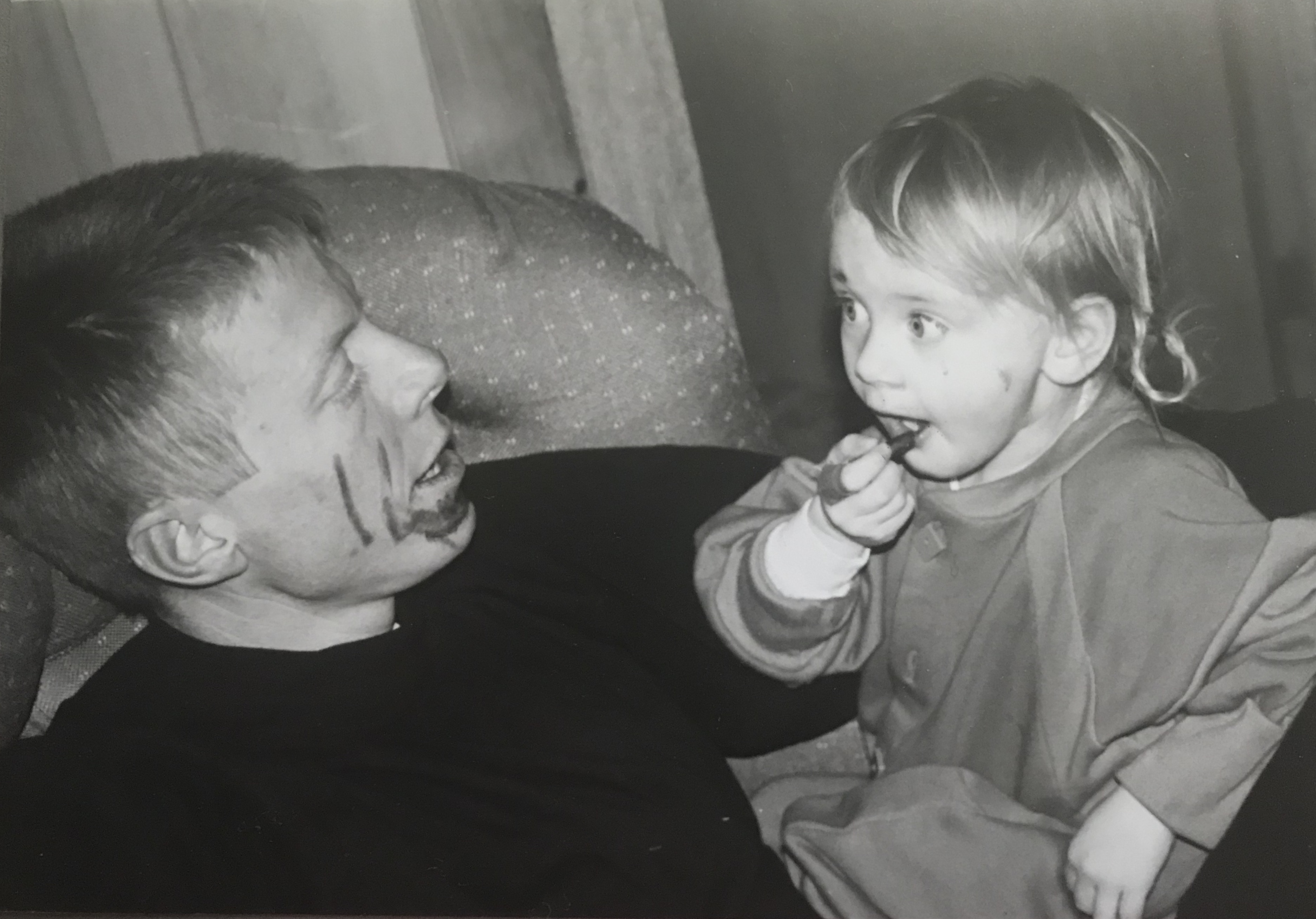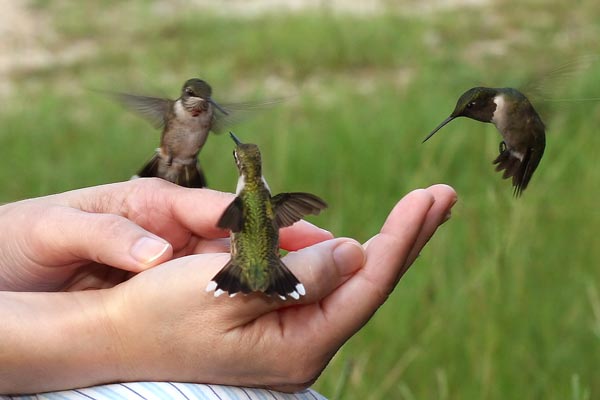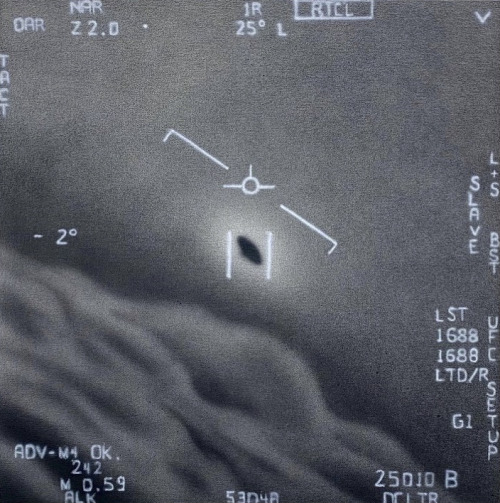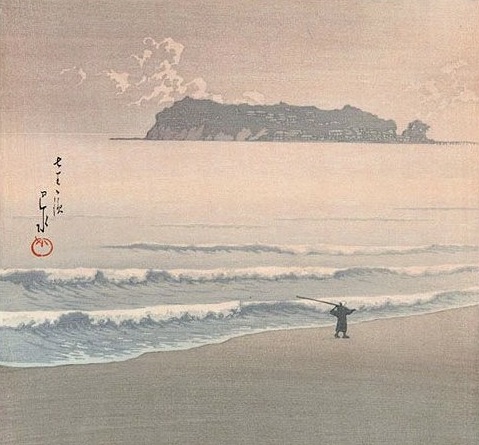
There is nothing I dislike.

Entering through practice
refers to the Four Practices — all other
practices are contained within these. What are
the Four Practices? First, the practice of repaying wrongs.
Second, the practice of going along with the causal
nexus. Third, the practice of not seeking
anything. Fourth, the practice of
according with the
Dharma.
What is the practice
of repaying wrongs? When receiving
suffering, a practitioner who cultivates the Path
should think to himself: “During countless ages past
I have abandoned the root and pursued the branches, flowing
into the various states of being, and giving rise to much rancor and
hatred — the transgression, the harm done, has been limitless.
Though I do not transgress now, this suffering is a disaster
left over from former lives — the results of evil deeds
have ripened. This suffering is not something
given by gods or humans.”
You should willingly
endure the suffering without anger
or complaint. The sutra says: “Encountering
suffering, one is not concerned. Why? Because one
is conscious of the basic root.” When this attitude toward
suffering is born, you are in accord with inner truth,
and even as you experience wrongs, you advance
on the Path. Thus it is called “the practice
of repaying wrongs.”
Records of the Teachers and Students of the Lanka

you are ladybirds and the smell of a garden
You should expect grace,
that which makes life more than
manageable, but you look elsewhere,
wanting some delight other
than that.
Your conscious being,
with what you’ve been given,
should be like a beautifully laid-out park
with wildflowers and cultivated wonders,
a swift stream with places to sit
and rest beside it.
When a grieving person
sees you, he or see should recognize a
refuge, refreshment, a generous house where
one need not bring bread and cheese.
There will be plenty.

When a
wise person hears Tao,
he practices it diligently. When an
average person hears Tao, he practices it
sometimes, and just as often ignores it.
When an inferior person hears Tao,
he roars with laughter.
If he didn’t laugh,
it wouldn’t be
Tao.
Thus
the age old sayings:
The way to illumination appears dark.
The way that advances appears to retreat.
The way that is easy appears to be hard.
The highest virtue appears empty.
The purest goodness appears soiled.
The most profound creativity appears fallow.
The strongest power appears weak.
The most genuine seems unreal.
The greatest space has no corners.
The largest talent matures slowly.
The highest voice can’t be heard.
The most luminous image
can’t be seen.
Tao is hidden
and has no name.
Tao alone nourishes
and fulfills all
things.
ebooks & apps of the Tao the Ching, I Ching,
Hua hu Ching, Wei wu Wei Ching,
You
can now buy
Tao te Ching as part of a
five-app bundle of Taoist classics
for iPhone or iPad for less than
the cost of one hardcover
book.


Just don’t seek
from another or you’ll be far
estranged from the Way.
I now go on alone
Meeting it everywhere
It now is just what I am
I now am one with it.
You must comprehend
in this way to merge
with thusness.
we are all wanderers in the unknown